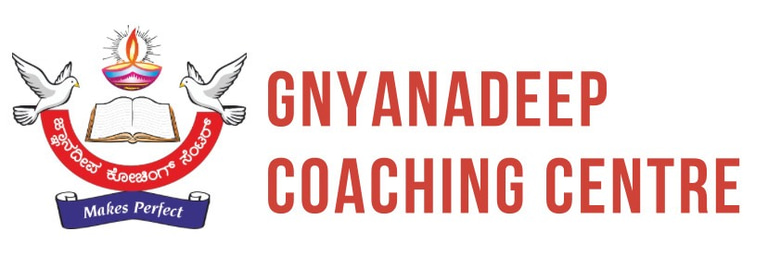Strategic Thinking & Decision-Making for Student
In today’s fast-paced world, students face numerous challenges—academic pressure, career decisions, and personal development. To navigate these effectively, mastering strategic thinking and decision-making is essential. These skills help students analyze situations, plan efficiently, and make well-informed choices that shape their future success.


What is Strategic Thinking?
Strategic thinking is the ability to anticipate challenges, assess risks, and create a plan to achieve long-term goals. It involves analyzing situations critically and making decisions that align with your ultimate objectives.
For students, strategic thinking means:
• Setting clear academic and career goals
• Identifying the best ways to achieve them
• Adjusting plans based on challenges and new information
Steps to Develop Strategic Thinking
1. Define Your Goals Clearly
Before making any decision, ask yourself:
• What do I want to achieve?
• Why is it important?
• What are the possible outcomes?
For example, if you want to score well in exams, your strategy should include effective study techniques, time management, and resource allocation.
2. Analyze Your Current Situation
Understanding where you stand helps in making better decisions. Consider:
• Strengths: What are you good at?
• Weaknesses: Where do you need improvement?
• Opportunities: What resources can help you?
• Threats: What challenges might you face?
A SWOT analysis (Strengths, Weaknesses, Opportunities, and Threats) can help students evaluate their position and develop a realistic plan.
3. Think Long-Term & Plan Backward
Rather than focusing on immediate success, consider where you want to be in five or ten years. Once you define your long-term goal, break it into smaller, manageable steps.
For example, if your goal is to crack a competitive exam, plan:
• Yearly: Broad syllabus coverage
• Monthly: Specific topics
• Weekly: Detailed study sessions
• Daily: Small tasks like reading and practice tests
4. Consider Multiple Perspectives & Outcomes
Avoid making decisions based on immediate emotions. Instead, ask:
• What are the different ways to achieve my goal?
• What are the risks and benefits of each option?
• If my plan fails, what’s my backup strategy?
Using decision matrices or pros and cons lists helps in logical decision-making.
5. Be Adaptable & Learn from Mistakes
Strategic thinking requires flexibility. If a plan isn’t working, adapt. Successful students continuously refine their approach by:
• Evaluating what’s working
• Identifying mistakes
• Learning from failures instead of giving up
6. Develop Critical Thinking Skills
Strategic decision-making is impossible without critical thinking. Train yourself to:
• Question assumptions
• Evaluate evidence
• Avoid biases
• Think logically rather than emotionally
7. Take Calculated Risks
Sometimes, playing it too safe can limit growth. Strategic thinkers take smart risks—after careful analysis. Before making a bold move, ask:
• What’s the worst-case scenario?
• Can I handle failure?
• What’s my backup plan?
Applying Strategic Thinking in Student Life
• Exam Preparation: Prioritize subjects based on difficulty and weightage. Use strategic study techniques like Pomodoro and active recall.
• Career Planning: Research different career paths, seek mentorship, and upskill based on industry trends.
• Time Management: Allocate time wisely between academics, hobbies, and self-improvement.
• Personal Growth: Set goals for self-improvement, like public speaking, leadership, or networking.
Conclusion
Strategic thinking isn’t just for business leaders or military strategists—it’s a life skill that helps students navigate academics, career choices, and personal development. By setting clear goals, analyzing options, and making informed decisions, students can achieve long-term success and stay ahead in life.
